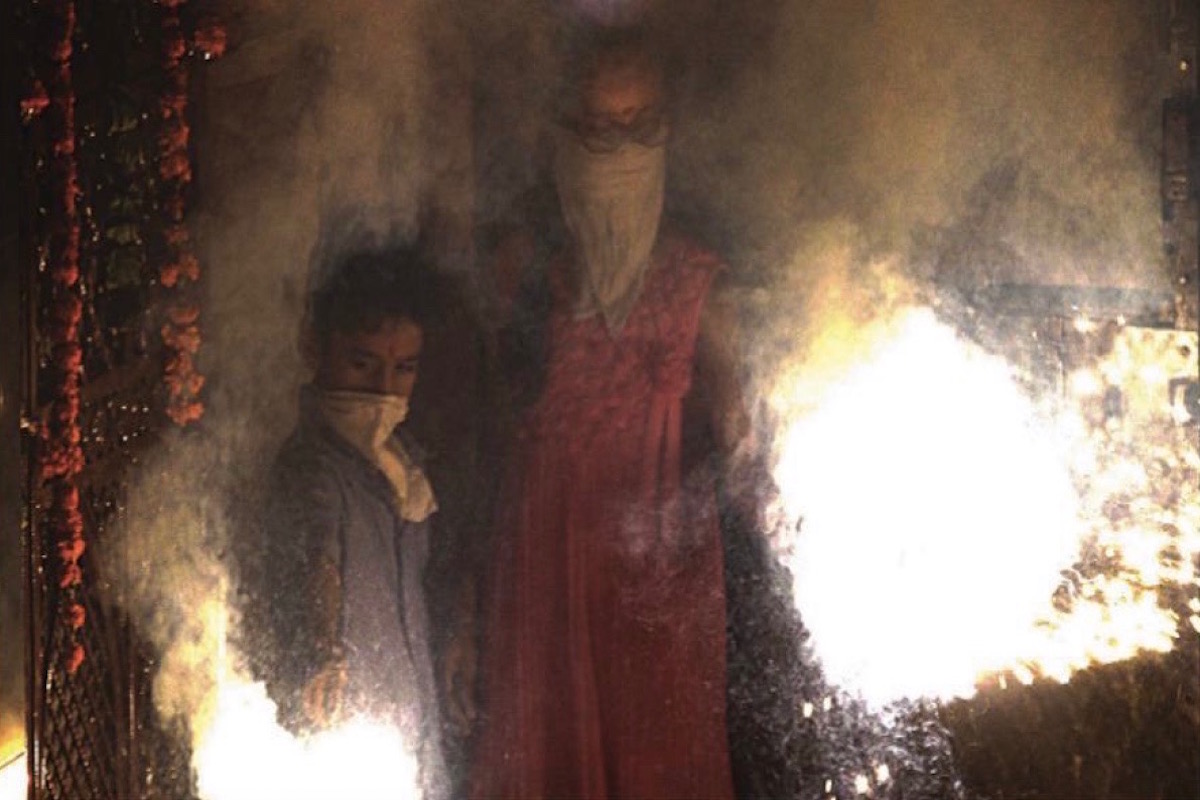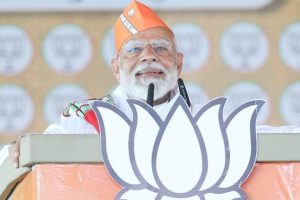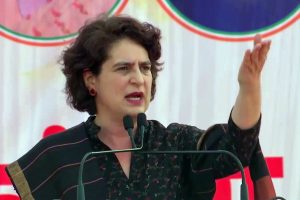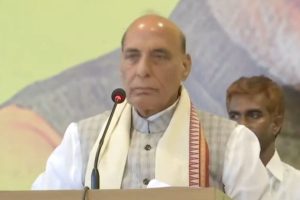While I do visit India quite often, I have not been in India at Diwali-time for many years. In fact I was trying to remember when I was here last at this time of year and had this vision of helping hold a sparkler for my half-frightened, half-excited daughter who could today give a lecture on the air quality index to a room full of environmental experts – so clearly, it was a long, long time ago!
It has certainly been a Diwali like never before – subdued, solitary and silent. It has meant that many hours that might have been spent socialising and shopping have instead been spent in front of the television set and my observations are based on the many advertisements I have seen during the commercial breaks. Having worked in the advertising industry for many years, I always pride myself on being able to see an advertisement and work backwards to what the client brief must have been. I also believe that advertisements are a very good barometer of what people are thinking and where society is going. It is too expensive a medium to change people’s minds, it is much easier for commercial interests to tap into an existing mindset and gently nudge it along, preferably with a laugh or two…or perhaps a tear. Depends on what the product is for we Indians lap up any kind of emotion.
This was the season for Diwali ads and I certainly expected change – especially in a year that has been so blighted by the darkness of the pandemic. And change there has been aplenty. Indian commercial interests – always agile, always flexible, always pivoting, long before these became business buzzwords – have made sure of that.
There are sarees and jewellery being promoted to women who now get dressed for zoom calls with relatives. No way is the sister-in-law going to have more vroom on zoom!
There are wall paints being promoted to homeowners who think an anti-bacterial paint is going to help their home remain Covid- free. Hello, Corona is a virus!
There is even a cockroach repellent ad which references the tedium of lockdown life and asks us to make it a superhit Diwali. I guess getting rid of roaches is part of the whole cleaning routine that is supposed to precede Diwali and please the Goddess Lakshmi.
There are advertisements galore on the benefits of online shopping – a trend that has been hastened by the pandemic but is not entirely unexpected. And of course, given the pollution in Indian cities, it is again to be expected that there will be many calls to give up firecrackers. So, there are fun ads promoting noise explosions from paper bags instead of noxious crackers; then there are public health ads about the benefits of a pollutionfree Diwali – but again, given trends in recent years, all this advertising messaging is only to be expected.
What I did not expect and what has seeped in over the years, is what I call the Christmas-cladding of Diwali. From a predominantly religious celebration which celebrated the return of a victorious Lord Rama to his kingdom, it has turned into an amorphous festive period when holidays, shopping and spending deliver a boost to the economy. Does this remind you of something? Yes Christmas!
Originally a religious festival celebrating the birth of Christ, it is now celebrated by commercial interests. While in Europe it is still referred to as Christmas, the US takes it a step further in secular terms and refers to it as the holiday season. Happy holidays is the US approved greeting rather than Merry Christmas, which the traditional Europeans and British still use. In the US – thanksgiving takes it one step further with the black Friday sales straight after – another festival with historical roots in the pilgrim fathers – but now an occasion to shop, shop and shop. In fact, it is called black Friday, because that is the day retail starts making a profit after being in the red all year.
Likewise, the Diwali market has expanded over the years. From homemade mithai and diyas which were the traditional gifts, more expensive gifts are exchanged. Couriers are enjoying the busiest period of their lives through this lockdown Diwali ferrying dry fruit, wines, innovatively packed hampers, silver bowls containing handmade chocolates and beautifully packed Indian deities by Lladro. Work from home has meant an end to aana-jaana, but not lena-dena.
Even more interestingly, the Diwali transition to Christmas is in non-commercial areas too. In the West, Christmas has traditionally been the season of giving, a time to remember those less fortunate than ourselves. From soup kitchens for the homeless to special meals and entertainment in old age homes and calling the unpopular Aunt Maude for Christmas dinner, there is an allround effort to include everyone in the festivities. Nobody should have to spend Christmas alone.
Now Diwali too has begun to be seen like a special time of year when everyone should be touched by its magic. A time to be generous and spread the blessings bestowed on us. Interestingly, the ads in this area are children-led. A leading detergent brand has shown children from an affluent background creating a Rangoli pattern for the washer man’s home. The poor man has no plans, no hope, no Diwali but his face lights up when he sees the children being kind. In the last scene of this moving ad, the children’s mother supports them by bringing some Diwali sweets as well.
In another advertisement, a young boy decorates the path to the tailor’s house with Lakshmi’s feet. The seamstress is bent over, working, even on Diwali and trying to make a living off a dying profession. Again, her face lights up when the little boy promises her that next year he will get his kurta stitched by her instead of buying a designer kurta. It is heartening to see the younger generation leading the way in a country where inequality is everywhere. And no better time to start than a festival which celebrates the victory of good.
In another grand gesture of goodwill, a leading chocolate brand has run a unique hyper-personalised digital ad for small neighbourhood businesses like saree shops and opticians that do not have online presence and cannot advertise for themselves. All retailers have suffered losses through the pandemic and the hope is this will help them get back on their feet. Depending on where you see the ad, Kochi or Kolkata, the names of the neighbourhood shops change. Location of the shops and PIN Codes were used to create unique digital content. Not just clever, but kind too.
A luggage brand’s Diwali ad this year thanks all those people running essential transport systems through the holiday period (air crew, taxi drivers and bus drivers) who help others get home for Diwali while sacrificing their own trip home to see their own families. Again, the person leading the grateful thanks on behalf of the public is a child.
It has been a dark year, but Diwali is the start of a new one. If the mood of a nation is reflected in its advertisements, India is full of hope for the future through its children. If the lockdown has made people think, it is about those less fortunate than themselves. If it has made them pause, it is to reach out and say thank you. This Diwali, India has taken the Christmas spirit, spun it on a virtual fire wheel and let it light up the sky.
The writer lives in London and is the author of East or West: An NRI mother’s manual on how to bring up desi children overseas.











